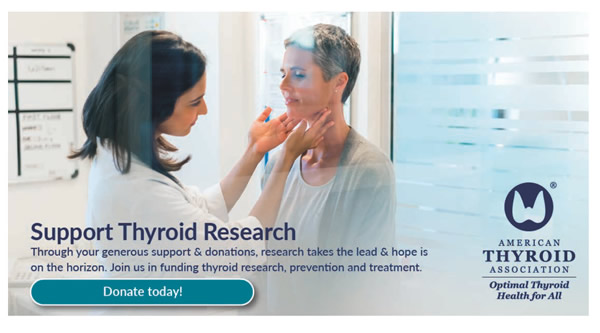Invitations to complete the survey were sent out by email by professional organizations including the American Thyroid Association (ATA), Associazione Medici Endocrinologi (AME), European Thyroid Association, Korean Society of Thyroid Radiology, and the Society of Radiologists in Ultrasound. The survey focused on five widely available risk stratification systems including the American Association for Clinical Endocrinology (AACE), American College of Endocrinology (ACE) and AME unified guidelines, ACR TI-RADS, the ATA guidelines, EU-TIRADS, and K-TIRADS. It was designed to be completed in less than 15 minutes and participation was voluntary without reward; respondents did not have to answer all questions.
Over 700 respondents participated in the survey. Most of the respondents were physicians in clinical practice. A majority were in Europe and the remainder in North America. There were 54% of respondents from Europe and 28.3% from North America; 61.5% were endocrinologists, 20.6% were radiologists, and 11.4% were surgeons. Alone or in combination, risk stratification system usage was as follows: ATA guidelines (34%), ACR TI-RADS (33.7%), EU-TIRADS (29.6%), AACE/ACE/AME guidelines 20.5%, K-TIRADS (14.6%), other (4.6%), none (5%). Geographic location as well as the specialty of the practicing clinicians were determinants of which system was used. Over two thirds of the respondents indicated a need for a system which is universal.
WHAT ARE THE IMPLICATIONS OF THIS STUDY?
Although the risk assessing systems for thyroid nodules are helpful, they often may lead to confusion on the part of both patients and physicians due to a lack of uniformity. There is a need for a universal system which would help the patients and clinicians in understanding the ultrasound reports and making appropriate recommendations for choosing the thyroid nodules that require further evaluation including a biopsy.
— Vibhavasu Sharma, MD, FACE




